Workforce upskilling has been an HR trend for a while now. Today, it’s become a necessity and a must-have HR practice. In this post, we’ll review seven upskilling program examples from prominent companies like Walmart and Target in order to learn their best practices, get inspired, and be able to tailor their upskilling programs to your organization’s needs.
1. Tuition reimbursement
In 2018, Walmart launched their Live Better U (LBU) program that completely reimburses an associate’s education. The program aims to solve a significant problem in adult education: because of high education fees, adult learners often fail to complete their studies. Now, for only $1 per day deducted from associates, Walmart employees are reimbursed for tuition and books when studying at partner universities and colleges.
Target has introduced the Gild Education program to implement debt-free education for its employees. The program covers books and essential costs like tuition fees at universities, colleges, boot camps, undergraduate programs, certifications, and more. Target covers business-related education, like business management or IT operations.
How can you adapt this model? Of course, tuition is pricey. If your budget doesn’t involve heavy investments, consider a simplified reimbursement plan, like partial cost-covering or selected education programs, as Target does.
2. Community-driven upskilling
It’s not a surprise that technology companies are leading pioneers in many HR-related aspects. Google is one of the brightest examples of employee upskilling. Their numerous upskilling programs offer versatile educational opportunities not only for their internal staff but also for external organizations and people.
Today, most of their upskilling and reskilling initiatives are run by the “g2g” (Googler-to-Googler) volunteer community, which means peer-to-peer cooperation. Volunteers devise training courses and curriculums, mentor their peers, and supervise learners.
Studies show that most employees (68%) prefer to learn at work and their own pace. Therefore, upskilling approaches such as these foster a culture of continuous learning and facilitate employee engagement, leadership development, and employee retention.
3. Digital upskilling and reskilling
Digital upskilling covers all aspects of digital literacy, including business-related aspects like business automation and strategic workforce planning.
PwC, for example, recognized the importance of digital upskilling and has invested $3 billion in the “New World, New Skills” program and Digital Fitness in particular. Digital Fitness is a mobile app that allows employees to assess their digital skills, devise learning paths, and upskill continuously. The application is mainly based on micro-learning to facilitate on-demand learning and course completion.
The company emphasizes that the key to successful digital upskilling lies not in tools and substantial financial investments but in employees’ commitment, time resources, and organizational support.
4. Limitless upskilling and reskilling
In 2021, Accenture invested in its training and reskilling initiative to provide limitless learning opportunities. The company introduced a learning platform for employees of all positions, training levels, and career goals. That’s how Accenture fosters a culture of continuous learning that doesn’t depend on specific business goals or career development.
“Our people learn best by connecting, collaborating and practicing for the scenarios they will encounter in their work with our clients. From basic skills to industry-specific content, learning is available to all our people anywhere, anytime – and, in many cases, no selection or approval is involved. Simply tap the app and start learning.” – Ellyn Shook, Accenture’s chief leadership and human resources office
Feel like following the Accenture way? Consider a partnership with existing learning platforms like LinkedIn Learning that provide endless training opportunities at a moderate cost.
5. Proprietary technologies in upskilling
Starbucks is known for its numerous L&D programs like the Starbucks College Achievement Plan, which provides 100% tuition coverage for its employees. In addition, the company recognizes the importance of leadership and soft skills development. Starbucks has devised proprietary curriculums and e-learning programs like Starbucks Experience and Shift Supervision to upskill its workforce and develop soft skills. They ensure learning consistency and foster the unique Starbucks culture where people are the centerpiece.
To be like Starbucks, you don’t necessarily need to implement pricey solutions. Put your unique corporate culture and values in the spotlight and build your L&D program around them.
Upskilling, reskilling, and cross-skilling explained
To stay competitive in the talent market and keep up with business goals, you need to keep your training standards high, invest in workforce L&D programs, and foster a continuous learning culture. Learn more about upskilling, reskilling, and cross-skilling techniques that help you achieve those goals.
6. Location-based upskilling
Sometimes, location plays a key role in business development. This problem mainly concerns offline businesses. Inevitably, organizations will face the problem of a talent shortage in their area.
Burberry, a fashion retailer, has been producing their world-famous merchandise, like trench coats, in Yorkshire, U.K., for over 50 years. Ultimately, the company decided to invest in upskilling their current workforce and would-be employees. The upskilling program focuses on learning textile manufacturing. That’s how Burberry managed to support a local artisan community, introduce cutting-edge textile technologies, and reduce their carbon footprint as a part of their ecological commitment. Instead of outsourcing their manufacturing processes, the company concentrated on reskilling and upskilling their existing workforce, thus, investing in the local economy and lessening their ecological impact.
Burberry’s upskilling program is a great example of how a company can develop a workforce and fulfills other business goals like sustainability, investment into a local community, etc.
7. Learning-driven upskilling
At Pfizer, learning is encouraged, not pushed. Sean Hudson, Head of Learning & Development at Pfizer says: “we are trying to create is a space where learning is something that everybody wants to do.”
The pharmaceutical giant has developed a unique L&D program that aims to inspire and engage employees. There are three types of learning: required, necessary, and desired learning. Because Pfizer operates in a highly regulated and complicated field, they try to keep a balance between required learning (must-have pieces of knowledge and training) and desired learning. That’s how the company encourages their specialists to push boundaries and gain new skills to advance in their careers. Learner profiles, competency matrixes, peer reviews, and other techniques help Pfizer craft their learner journeys.
Wrapping up
Workforce upskilling starts with small steps. HRForecast is your guide in the world of strategic workforce planning and, ultimately, upskilling. We developed the talent marketplace platform smartPeople that allows you to build a solid foundation for an upskilled and future-ready workforce. Contact our sales team for more details and a free demo to see smartPeople’s benefits with your own eyes.
Stay up to date with our newsletter
Every month, we’ll send you a curated newsletter with our updates and the latest industry news.


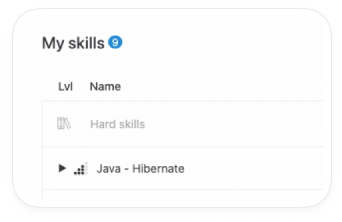










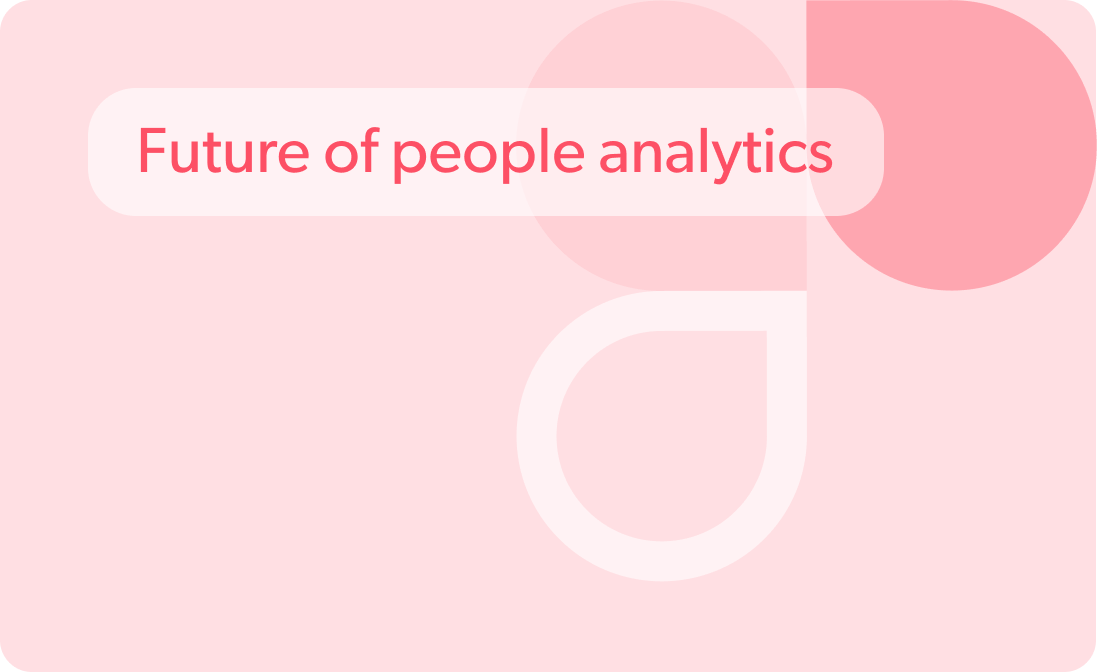
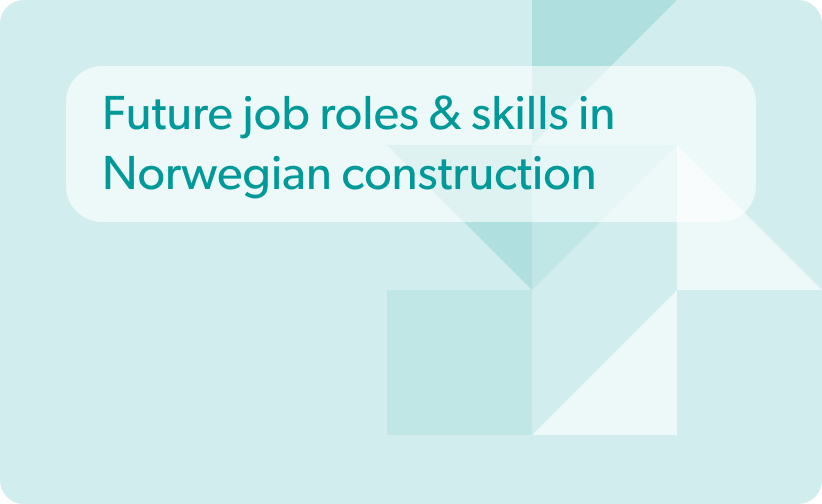
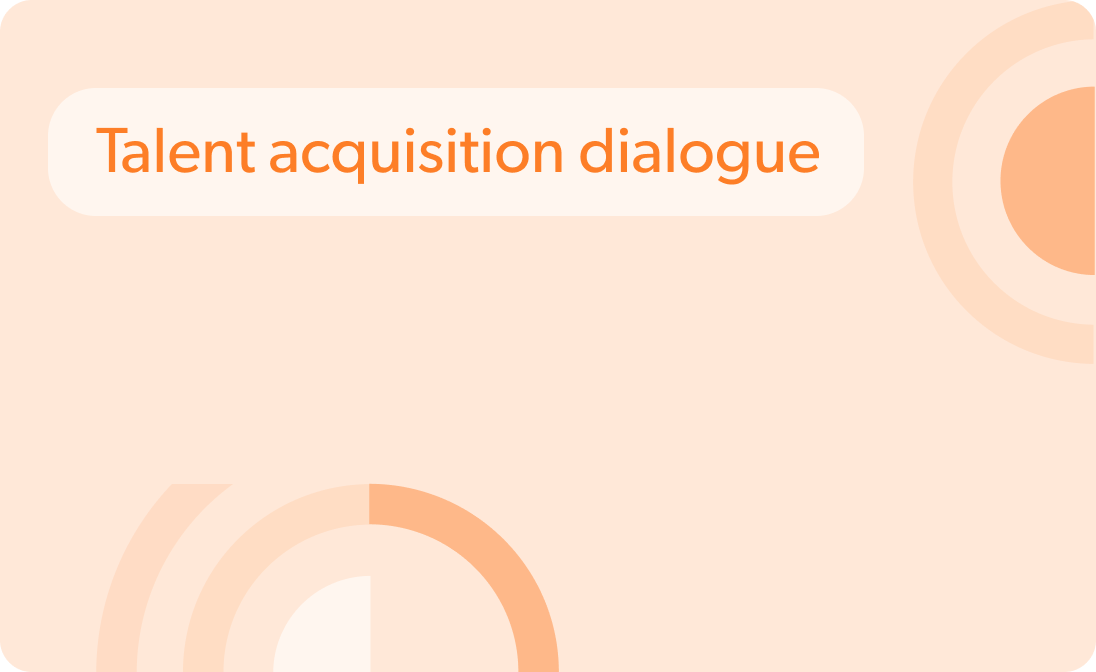










 info@hrforecast.de
info@hrforecast.de
 +49 89 215384810
+49 89 215384810






